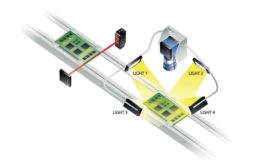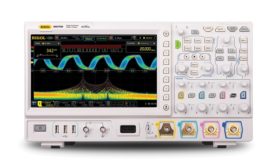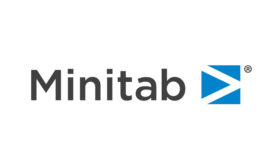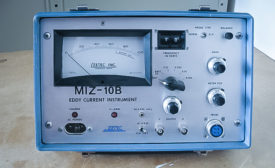Home » data analysis
Articles Tagged with ''data analysis''
Integrating calibration software with asset management software for a comprehensive calibration solution and work order automation.
Read More
Drive Improvement with Data
Achieve greater insight into the operations and make decisions based on data.
May 1, 2019
Simplifying Sequencing and Control for Machine Vision
Dedicated control technology allows innovative imaging sequences to be created with faster response times.
December 1, 2018
Quality Software and the Future
There is a war going on and it is presently being fought in the cloud.
April 30, 2018
Digital Transformation and IoT comes to Eddy Current Testing
Managers can now capitalize on the data and be more responsive to production issues as they arise.
April 2, 2018
Stay in the know with Quality’s comprehensive coverage of
the manufacturing and metrology industries.
eNewsletter | Website | eMagazine
JOIN TODAY!Copyright ©2025. All Rights Reserved BNP Media.
Design, CMS, Hosting & Web Development :: ePublishing











